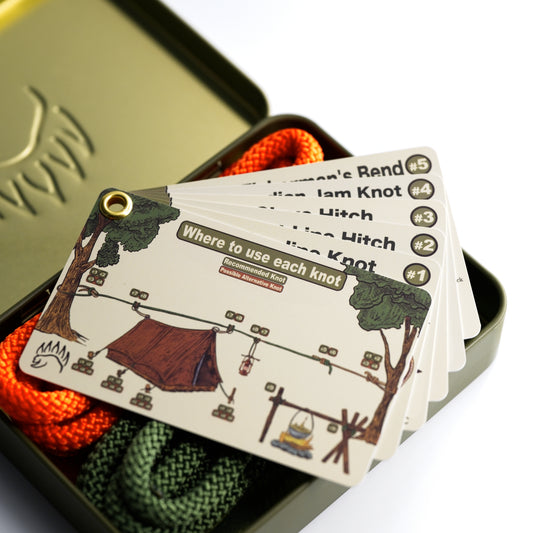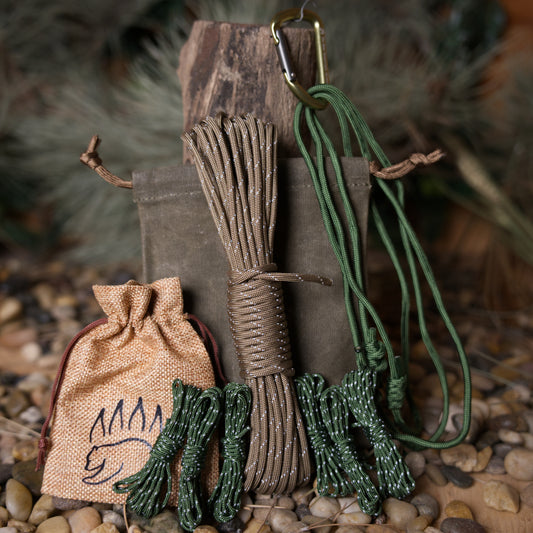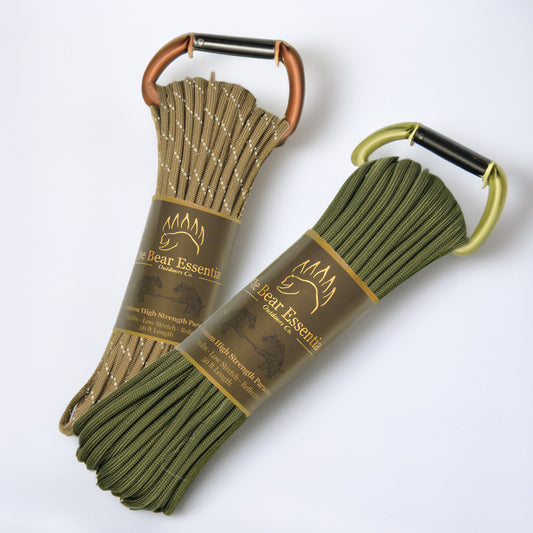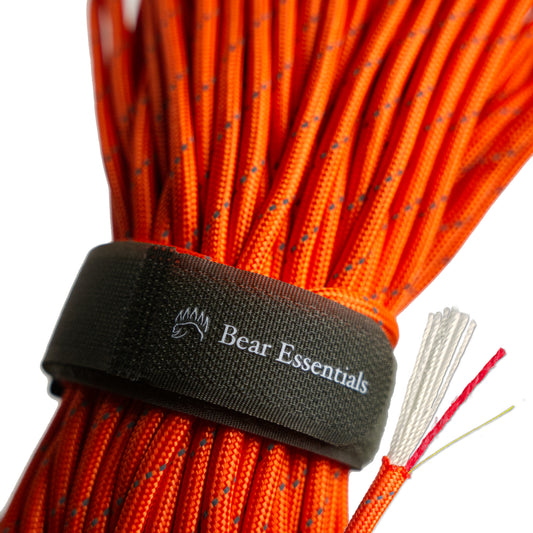How to Tie the Improved Clinch Knot
Usage
The Improved Clinch Knot is commonly used to secure a fishing line to a hook, lure, or swivel in fishing and flyfishing, offering a strong and simple connection.
Why Learn the Improved Clinch Knot?
The Improved Clinch Knot offers high strength, is easy to tie, and works well with monofilament and fluorocarbon lines. It is beginner-friendly and creates a low-bulk knot for smooth casting.
Common Uses
-
Fishing:
- Secures monofilament or fluorocarbon to hooks for bait fishing.
- Attaches lines to lures or swivels for reliable connections.
-
Flyfishing:
- Ties tippets to fly hooks for secure fly presentations.
- Connects leaders to small swivels in multi-fly setups.
ABOK Number
(Ashley Book of Knots)
Other Names
Category
|
Notable Features
- High Strength: Holds firm for most monofilament and fluorocarbon lines.
- Easy to Tie: Forms quickly, even in low-light conditions.
- Versatile: Suits hooks, lures, swivels, or flies.
- Compact Profile: Creates a low-bulk knot for smooth casting.
- Beginner-Friendly: Simple enough for novice anglers to master.
Variations
(No true variations listed in the provided data.)
Similar Knots
Clinch Knot vs. Improved Clinch Knot
- Pros: Simpler and slightly faster to tie for basic needs.
- Cons: Less secure, prone to slipping compared to the Improved version.
Palomar Knot vs. Improved Clinch Knot
- Pros: Stronger for braided lines and easier to tie with large hooks.
- Cons: Bulkier and less streamlined for small flies or hooks.
History
The Improved Clinch Knot evolved from the standard Clinch Knot to provide a stronger, more reliable connection for modern fishing lines. It addressed slippage issues with its extra tuck, making it a staple for monofilament and fluorocarbon lines.
Security Level
The Improved Clinch Knot retains up to 95% of the line’s breaking strength when tied correctly. It performs best with proper tightening and textured lines. For braided lines, a stronger knot like the Palomar Knot may be preferred.
Downsides
- Braided line weakness: Less effective with slick braided lines, risking slippage.
- Tightening sensitivity: Requires careful pulling to avoid weakening the knot.
Structure
- Pass the line through the eye of the hook, lure, or swivel, leaving a 6-inch tag end.
- Wrap the tag end around the standing line 5-7 times, moving away from the hook.
- Pass the tag end through the small loop just above the hook eye.
- Bring the tag end back through the large loop created in Step 3.
- Wet the knot, pull the standing line to tighten, and trim the tag end close.
Pro Tip: Wet the line with saliva or water before tightening to reduce friction.
FAQ
Is the Improved Clinch Knot strong enough for big fish?
Yes, for most fish with monofilament or fluorocarbon, but test with strong lines.
What’s the best line for the Improved Clinch Knot?
Monofilament or fluorocarbon in 2-20 lb test works well for secure ties.
How does the Improved Clinch Knot compare to the Palomar Knot?
The Clinch is simpler and better for small hooks, but the Palomar is stronger for braids.
Can the Improved Clinch Knot be used in flyfishing?
Yes, it’s effective for tying tippets to flies, especially for beginners.
Why choose the Improved Clinch Knot over a standard Clinch Knot?
It’s more secure due to the extra tuck, though slightly more complex.
Important Notes on Safety
Common failure points include insufficient wraps or dry tightening, which can weaken the knot. Always wet the knot and verify it’s secure before casting.
Check the line for nicks or wear before tying.
Ensure 5-7 wraps and even tightening for maximum strength.
Practice in calm conditions to perfect the technique.







